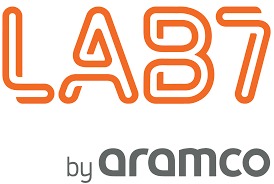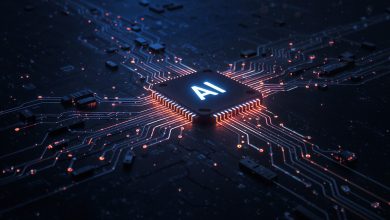Gartner Says Leaders Must Create Four Scenarios for Human-AI Collaboration at Work
AI-First Only Succeeds When It Is People-First

Dubai – Asdaf News:
The pervasive use of AI is forcing business and IT leaders to rethink their workforce. Executive leaders must develop four scenarios where human and AI can collaborate effectively, said Gartner, Inc., a business and technology insights company.
AI will indelibly alter how human workers perform work in the future, however there will not be a jobs apocalypse. Instead, starting in 2028-2029, there will be jobs chaos created by the need to reconfigure, redesign, splinter and fuse over 32 million jobs each year.
Helen Poitevin, Distinguished VP Analyst at Gartner, said “Every day 150,000 jobs will evolve through upskilling, while 70,000 more jobs will need to be rewritten, reworked, and redesigned. Executive leaders must plan their AI investments and goals to anticipate and manage these changes. They need to decide on their destination —whether to pursue human-first designs that emphasize supporting people in their work, or to select AI-first designs that aim to maximize efficiency by relying on AI to perform tasks.”
The goal is not a worker-free enterprise, but a work-redefined enterprise: adaptive, creative, and profoundly human at its core. Because being “AI-first” only succeeds when it is, above all, people-first. “The next era of enterprise performance will not hinge on the quantity of people employed, but on the quality of collaboration between humans and AI,” said Poitevin.
Gartner presented four scenarios illustrating how both human-first and AI-first strategies could shape the impact of AI on jobs and organizations.
- Fewer workers doing the work AI can’t:Humans want AI to do the work, and work is the same (but with AI). Humans want AI to do the work, yet work is not significantly transformed. People must fill in the gaps left where AI is not able to do certain tasks effectively. Higher degrees of automation lead to the need for fewer workers. This scenario is used in customer service where customer service employees are left to take on the work that AI could not accomplish.
- Fewer to no workers running an AI-first enterprise (or part of one): Humans want AI to do the work, and work is transformed with fewer workers than before. This represents autonomous business.
- Many busy workers using AI to work better and do more: Humans want to do the work with AI, and work is the same (but with AI). This is what everyday AI looks like.
- Many innovative workers combining with AI to surpass the frontiers of knowledge: Humans want to do the work with AI and work is transformed. It allows humans to go after bigger and more challenging questions to find solutions. This scenario could apply to personalized medicine — it can only happen if humans connect different fields, share information, and expand their understanding of health and well-being.
“No matter which scenario executive leaders pursue, they must be ready to support all four,” said Poitevin. “The ripple effects of AI will make each scenario a reality. Leaders need to invest in both types of designs but emphasize on what is possible with AI, embracing an abundance mindset – a mindset whereby AI helps leaders to tackle today and tomorrow’s challenges in new ways.”
Gartner clients can read more in the report AI’s Ripple Effect on Jobs and Organizations.




